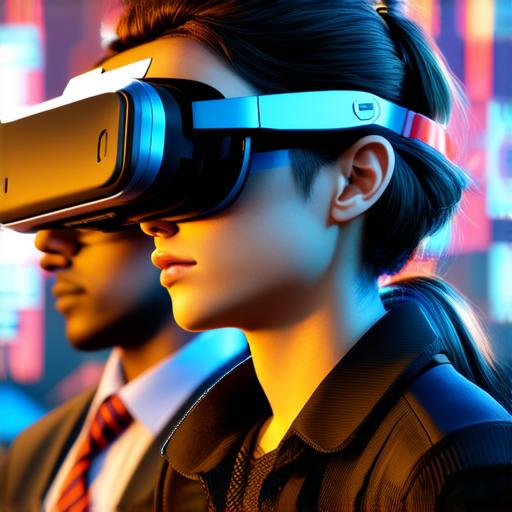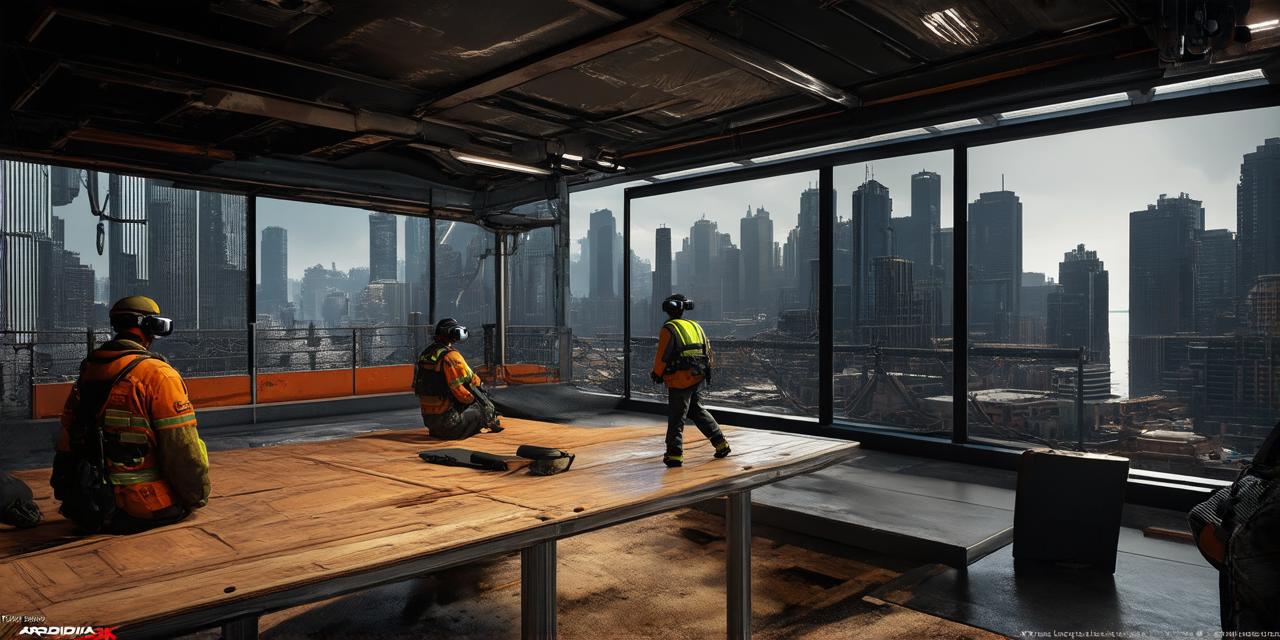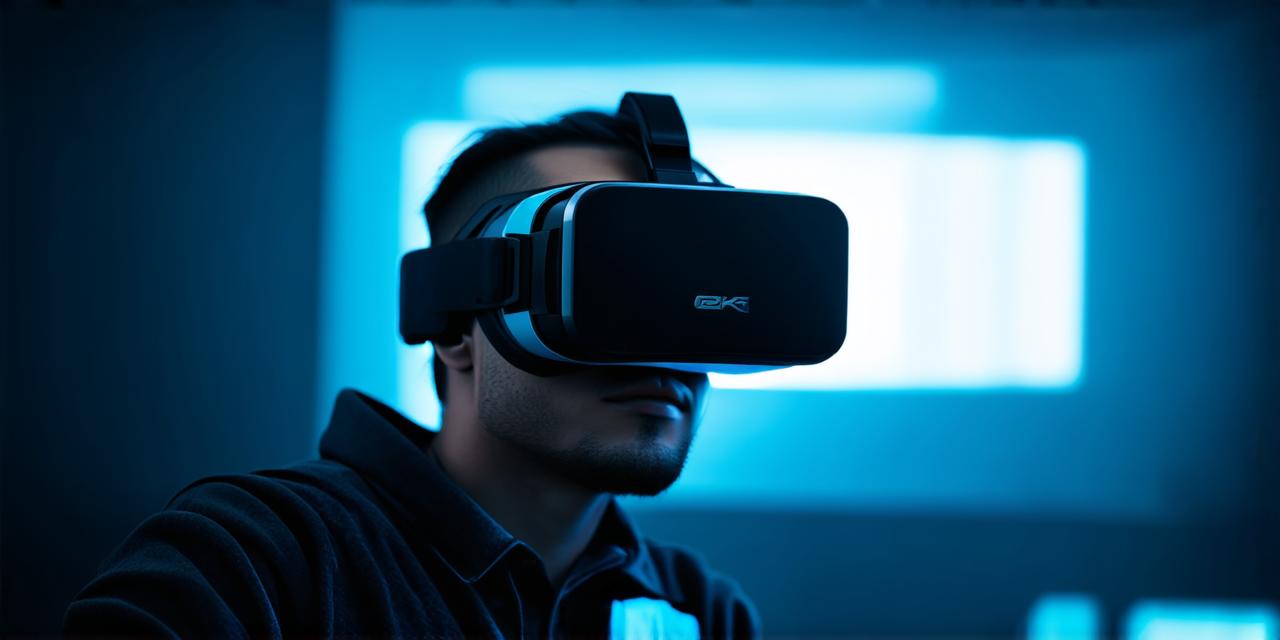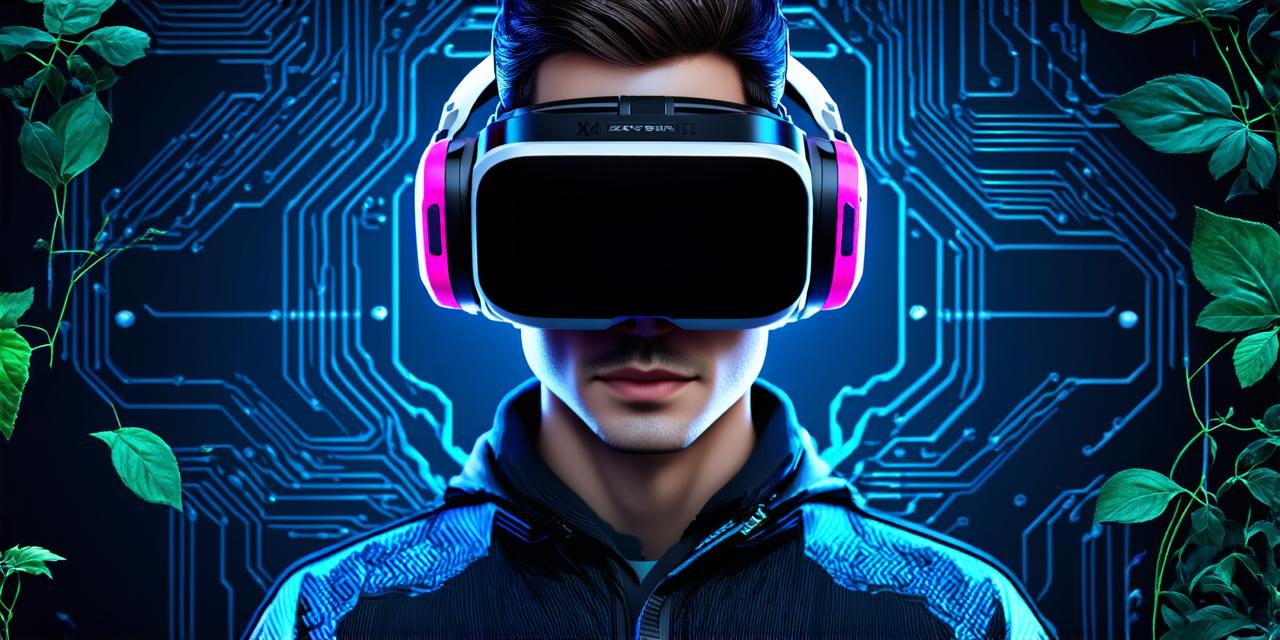that allow students to experience real-life situations in a safe and controlled environment, VR can help advance fields such as medicine or aviation. In addition, VR technology can make learning more interactive and engaging, increasing accessibility to educational content and improving retention and memory.
One of the key advantages of VR technology is its ability to create highly immersive learning environments. These virtual worlds allow students to experience real-life situations in a safe and controlled environment, which can be particularly useful for fields such as medicine or aviation.
For example, medical students can use VR to simulate surgeries and other procedures, allowing them to practice and perfect their skills before they even set foot in an operating room. Similarly, pilots can use VR simulations to practice flying in a variety of different scenarios, which can help reduce the risk of accidents during actual flights.
In addition to immersive learning environments, VR technology also allows for more interactive and engaging forms of learning. Traditional classroom settings can be quite static, with students sitting passively and listening to lectures. By contrast, VR allows for a much more hands-on and immersive approach to learning.
For example, history students could use VR to explore ancient civilizations in a fully immersive environment, allowing them to see and interact with artifacts and architecture in a way that simply isn’t possible with traditional methods.
Another key benefit of VR technology is its ability to increase accessibility to education and training. Virtual reality technology can be used to provide educational content to people living in remote areas or with limited resources.

For example, students living in rural areas could use VR to access educational content from anywhere in the world, providing them with the same opportunities as students living in urban areas. Similarly, individuals with disabilities or other health conditions that make it difficult to attend traditional classes can use VR to participate in learning experiences that would otherwise be off-limits.
Finally, studies have shown that people who learn through immersive experiences tend to retain information better than those who learn through more traditional methods. This is because our brains are wired to process and remember visual and spatial information more effectively than text or audio. By using VR technology to create highly engaging and immersive learning environments, we can help students retain information for longer periods of time and improve their overall learning outcomes.
There are already many examples of how VR technology is being used in education and training. For instance, the University of California, Irvine (UCI) has created a VR simulation that allows medical students to practice performing surgeries on virtual patients. Similarly, the U.S. Air Force has been using VR simulations to train pilots for years now, allowing them to practice flying in a variety of different scenarios without putting themselves or others at risk.
There are many experts who believe that VR technology will play an increasingly important role in education and training in the coming years. For example, Richard Van Heute, CEO of Immersive Tech, a company that specializes in VR for education, believes that “VR has the potential to revolutionize how we learn and teach.” Similarly, Dr. David Levin, professor of cognitive psychology at Georgetown University, believes that VR can help improve memory retention and increase student engagement.
In conclusion, virtual reality technology is still in its early stages, but it’s already clear that it has the potential to revolutionize education and training. By creating immersive learning environments that allow students to experience real-life situations in a safe and controlled environment, VR can help advance fields such as medicine or aviation. In addition, VR technology can make learning more interactive and engaging, increasing accessibility to educational content and improving retention and memory. As such, it’s worth taking a closer look at how VR technology could be used in education and training in the future.




